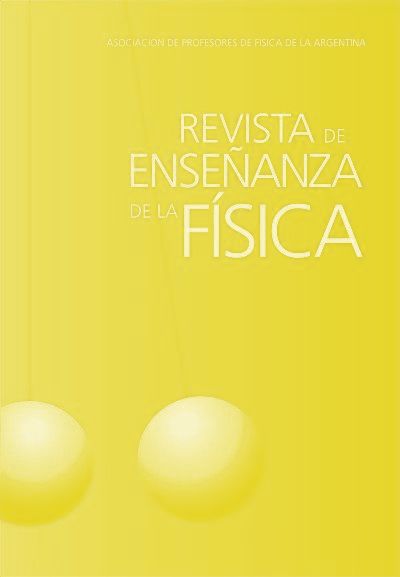An STSE teaching approach with the theme Physics of Transportation
Keywords:
STSE; Physics teaching; High-school; teaching sequence; means of transportationAbstract
This article is a presentation and discussion regarding an approach to Physics teaching inspired by the STSE (Science, Technology, Society and Environment) perspective with the theme 'The Physics of Transportation' which integrated STSE content and discus-sions on Newton's Laws and simple machines. The overall objective of the approach was to produce an understanding of the Physics of movements in a broader context, which included the physical functioning of means of transportation, such as skates, airplanes, skateboards and bicycles, since they were of the students' interests, and the investigation of social and environmental problems due to mass transport. Therefore, a teaching sequence consisting of five pedagogical activities was elaborated. The teaching sequence was implemented in two classes of high school integrated with professional education in the year of 2018. As a result, the engagement of students in the activities, the appreciation of school scientific knowledge in the production of expla-nations for the means of transportation, the perception of the need to obtain more scientific and technological knowledge by the students during the realization of the activities, and the production of broader understandings about the environmental and social issues analyzed were perceived.
Downloads
Published
Issue
Section
License

This work is licensed under a Creative Commons Attribution-NonCommercial-NoDerivatives 4.0 International License.
Aquellos autores/as que tengan publicaciones con esta revista, aceptan los términos siguientes:Los autores/as conservarán sus derechos de copiar y redistribuir el material, bajo los términos estipulados en la Licencia de reconocimiento, no comercial, sin obras derivadas de Creative Commons que permite a terceros compartir la obra bajo las siguientes condiciones:
- Reconocimiento — Debe reconocer adecuadamente la autoría, proporcionar un enlace a la licencia e indicar si se han realizado cambios. Puede hacerlo de cualquier manera razonable, pero no de una manera que sugiera que tiene el apoyo del licenciador o lo recibe por el uso que hace.
- NoComercial — No puede utilizar el material para una finalidad comercial.
- SinObraDerivada — Si remezcla, transforma o crea a partir del material, no puede difundir el material modificado.
- Los autores/as podrán adoptar otros acuerdos de licencia no exclusiva de distribución de la versión de la obra publicada (p. ej.: depositarla en un archivo telemático institucional o publicarla en un volumen monográfico) siempre que se indique la publicación inicial en esta revista.
- Se permite y recomienda a los autores/as difundir su obra a través de Internet (p. ej.: en archivos telemáticos institucionales o en su página web) antes y durante el proceso de envío, lo cual puede producir intercambios interesantes y aumentar las citas de la obra publicada. (Véase El efecto del acceso abierto).










